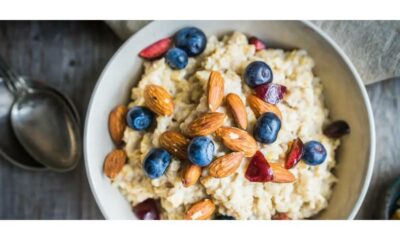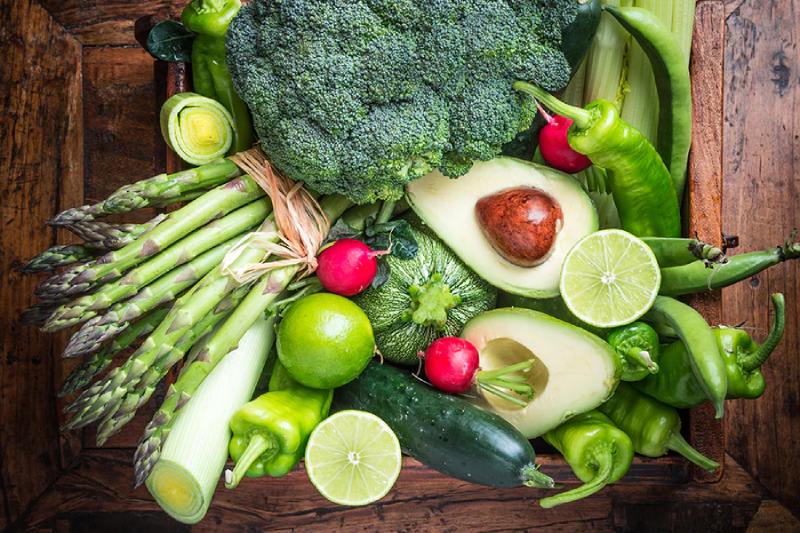Managing blood sugar levels is crucial for people with diabetes, prediabetes, or anyone aiming for a healthier lifestyle. One effective approach is incorporating low glycemic index (GI) foods into your diet. But what exactly are low GI foods, and why are they so beneficial?
The glycemic index measures how quickly carbohydrates in foods raise blood glucose levels. Foods with a low GI (55 or less) are digested and absorbed more slowly, resulting in a gradual rise in blood sugar. This can be particularly helpful for individuals managing diabetes, weight loss, or energy levels.
In this article, we’ll explore the top 15 low glycemic index foods you can easily include in your daily diet.
What Are Low Glycemic Index Foods?
Low GI foods have a glycemic index score of 55 or below. These foods cause a slower, more stable increase in blood sugar levels, helping to avoid spikes and crashes. Benefits include:
- Improved blood sugar control.
- Reduced risk of developing Type 2 diabetes.
- Better weight management.
- Enhanced energy levels throughout the day.
Top 15 Low Glycemic Index Foods
- Oats (GI: 55)
- Rich in fiber and helps improve insulin sensitivity. Perfect for breakfast!
- Lentils (GI: 32)
- High in protein and fiber, making them a fantastic meat substitute.
- Chickpeas (GI: 28)
- Versatile legumes that are perfect for salads, soups, and snacks.
- Quinoa (GI: 53)
- A protein-packed grain alternative with essential amino acids.
- Barley (GI: 28)
- Low GI grain with impressive cholesterol-lowering properties.
- Apples (GI: 36)
- A fiber-rich fruit that provides vitamins and antioxidants.
- Berries (GI: 25-40)
- Strawberries, blueberries, raspberries—nutrient-dense and antioxidant-rich.
- Carrots (GI: 41)
- A crunchy, nutrient-dense snack option.
- Sweet Potatoes (GI: 44)
- Packed with fiber, vitamins, and minerals.
- Nuts (GI: 0-20)
- Almonds, walnuts, and peanuts are excellent low-GI snacks.
- Leafy Greens (GI: Close to 0)
- Spinach, kale, and lettuce are all extremely low in GI.
- Avocado (GI: 15)
- Healthy fats and fiber with almost no impact on blood sugar.
- Brown Rice (GI: 50)
- A better alternative to white rice, providing fiber and nutrients.
- Yogurt (GI: 14)
- Choose unsweetened, low-fat varieties for a healthy snack.
- Pasta (Whole Grain, GI: 42)
- Opt for whole-grain options for a lower GI impact.
Tips for Including Low GI Foods in Your Diet
- Combine low GI foods with moderate or high GI foods to balance meals.
- Opt for whole grains instead of refined grains.
- Add protein and healthy fats to meals to reduce GI impact.
- Monitor portion sizes for better blood sugar control.
Conclusion
Incorporating low glycemic index foods into your diet can significantly improve blood sugar management and overall health. Whether you have diabetes or simply want to maintain steady energy levels throughout the day, low GI foods are a nutritious and satisfying choice.

 Diabetology2 weeks ago
Diabetology2 weeks ago
 Diabetology2 weeks ago
Diabetology2 weeks ago
 Diabetology5 days ago
Diabetology5 days ago
 Diabetology4 days ago
Diabetology4 days ago
 Diabetology4 days ago
Diabetology4 days ago
 Diabetology3 days ago
Diabetology3 days ago
 Diabetology17 hours ago
Diabetology17 hours ago
 Diabetology19 hours ago
Diabetology19 hours ago













